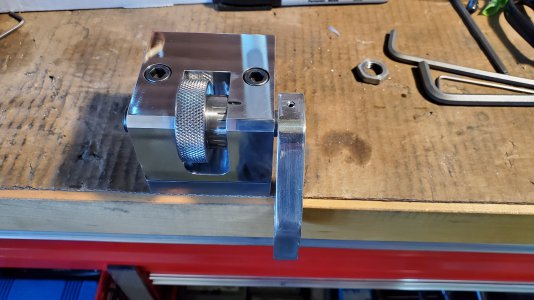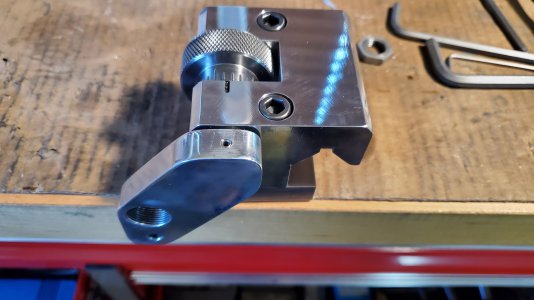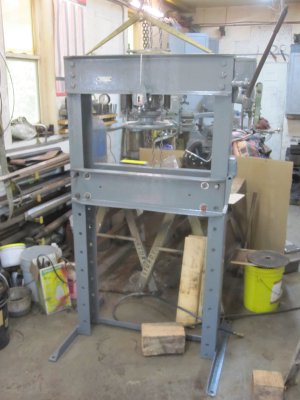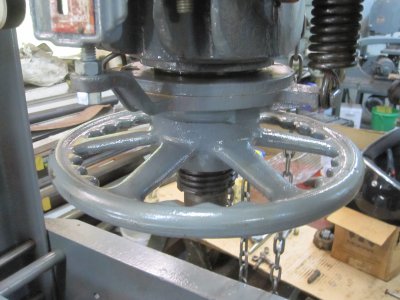- Joined
- Nov 28, 2016
- Messages
- 2,406
This actually took a couple days, but I completed it today. At the end of last month I bought the die filer that Ray Bahr (@rbahr) advertised on the forum. He was able to disassemble, pack and ship it to me in 3 boxes, the last of which I got on 8/3. Unfortunately, the repair on the base (which Ray had mentioned in his ad) did not survive the trip. Not that it was in any way Ray's fault. He did a great job packing the parts, even lining the boxes with plywood. The heavy box with the base was just handled too roughly in transit. When I told Ray about the mishap, he even offered a partial refund, to pay for the material for a new base. I thanked him, but told him I already had something on hand.
What I used for the new base was a largish chunk of 3/4" MIC-6 aluminum tooling plate I'd salvaged from a piece of equipment HP had discarded many years ago. The aluminum was easy to saw to size (LOVE my new table saw!) The die filer body casting is open on the bottom and depends on the base to seal it off. Because the tooling plate was holey I cut a chunk of 1/8" aluminum to go between the casting and the tooling plate.
View attachment 374910
I stuck felt pads Ito the bottom of the tooling plate, to provide a bit of vibration damping.
View attachment 374911
Next, I made a new motor mount bracket. The original was a bit stiff and did not allow enough wrench access for the mounting bolt heads. In addition, it held the motor in a fixed axial location, even though the motor pulley has two grooves (for 350 or 450 strokes/minute). The new motor mount allows the motor to slide axially and keep the belt straight in either position.
View attachment 374912
These shots show the "finished product" from the front, with the belt cover on and off.
View attachment 374913
View attachment 374914
The T-wrench is for tightening the file clamp.
View attachment 374915
The other wrench is needed for now because the clamp screws for the file backup roller and the work hold-down have plain nuts on them. The filer originally had knurled knobs in these two places, and I plan to make some in the next few days.
Thanks again, Ray!
Was the original base cast iron, or cast aluminum?
I rebuilt an old DoAll / American die filer a while back that had a cast aluminum base plate... over the years, repeated 'overtightening' of the drive belt had cracked the base on both sides and had it pulled up into a shallow bow... I reused the original base, but added two extra supports under the middle to prevent it from bowing any farther.
-Bear


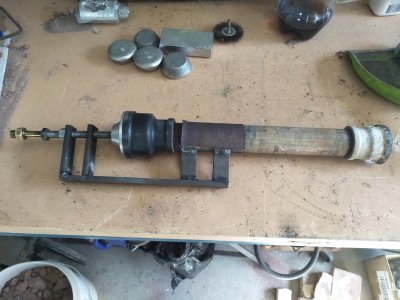
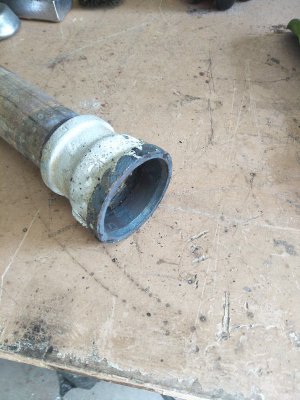
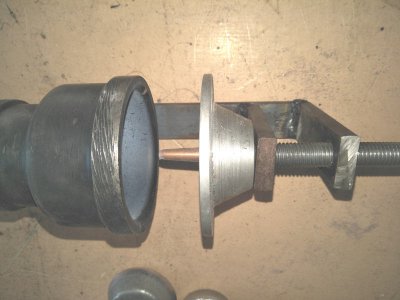
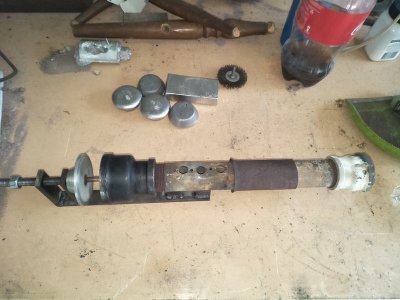


 First task was to change the timing belt on the engine that is going in, there is no better access then now, the belt on it dasen't have too many mileages but is like 10 years old. There was lots of oil leakage from the valve cover that i clean up. Then i moved to the interior started by removing the fuse panel, non A/C heater box then removed the brake pedal so i can remove the brake booster in the engine bay making room to remove the wiring loom. With the blue's wiring out i lay the one from the orange car next to it re wraped couple of wires to protect them better and fished it in the engine bay and back in the interior. Then i used my vacuum cleaner, couple brushes and clean off all the places that are covered by the heater and dash, then the A/C heater box and lines got instaled. Then the brake booster got installed back and everything looks like i've not done anything all day. I also found lots of cracked hoses that i'll be replacing for the LPG on the engine and couple on the cooling system, i also need to replace the valve cover gasket before i can pop the body over the engine, that will be fun to do.
First task was to change the timing belt on the engine that is going in, there is no better access then now, the belt on it dasen't have too many mileages but is like 10 years old. There was lots of oil leakage from the valve cover that i clean up. Then i moved to the interior started by removing the fuse panel, non A/C heater box then removed the brake pedal so i can remove the brake booster in the engine bay making room to remove the wiring loom. With the blue's wiring out i lay the one from the orange car next to it re wraped couple of wires to protect them better and fished it in the engine bay and back in the interior. Then i used my vacuum cleaner, couple brushes and clean off all the places that are covered by the heater and dash, then the A/C heater box and lines got instaled. Then the brake booster got installed back and everything looks like i've not done anything all day. I also found lots of cracked hoses that i'll be replacing for the LPG on the engine and couple on the cooling system, i also need to replace the valve cover gasket before i can pop the body over the engine, that will be fun to do.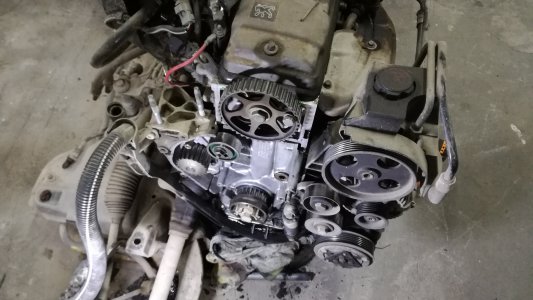
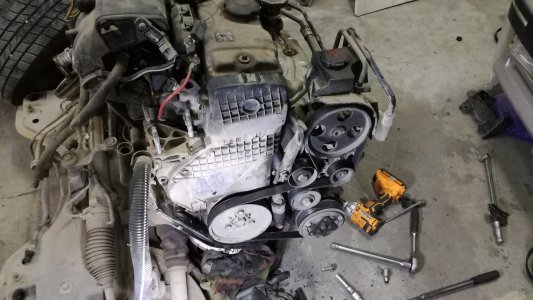
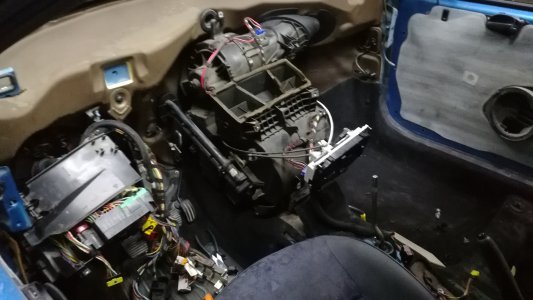
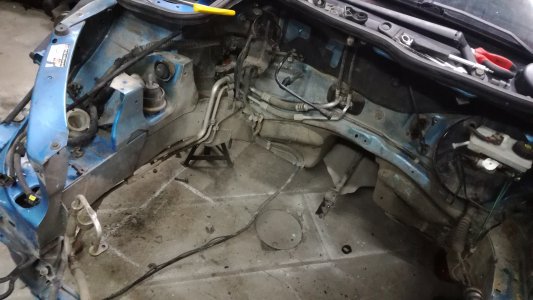
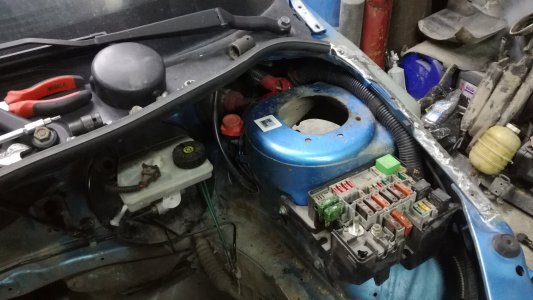
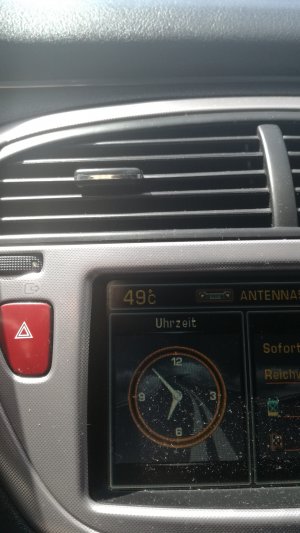
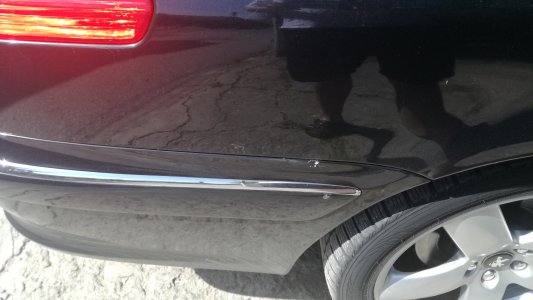
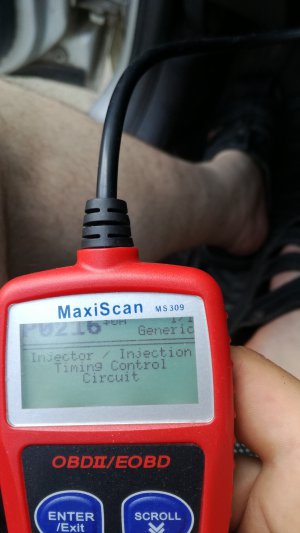
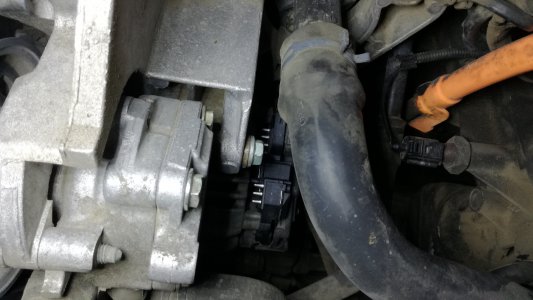
 Keep up the great work!
Keep up the great work!